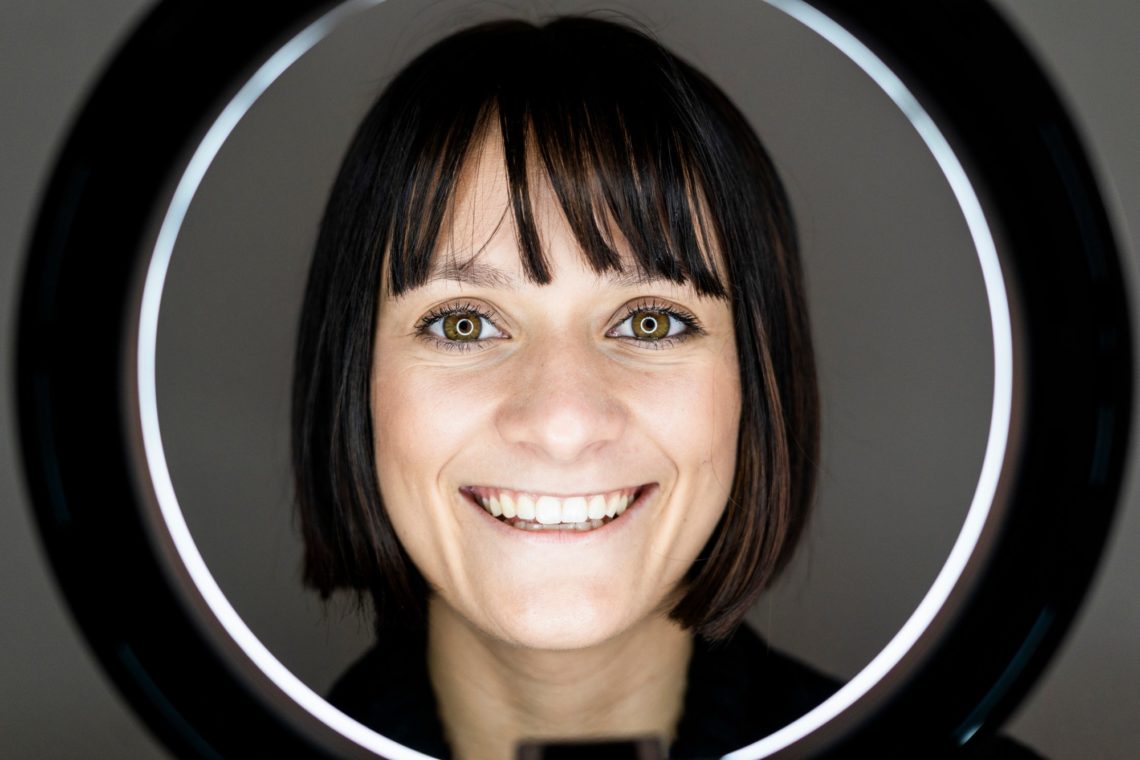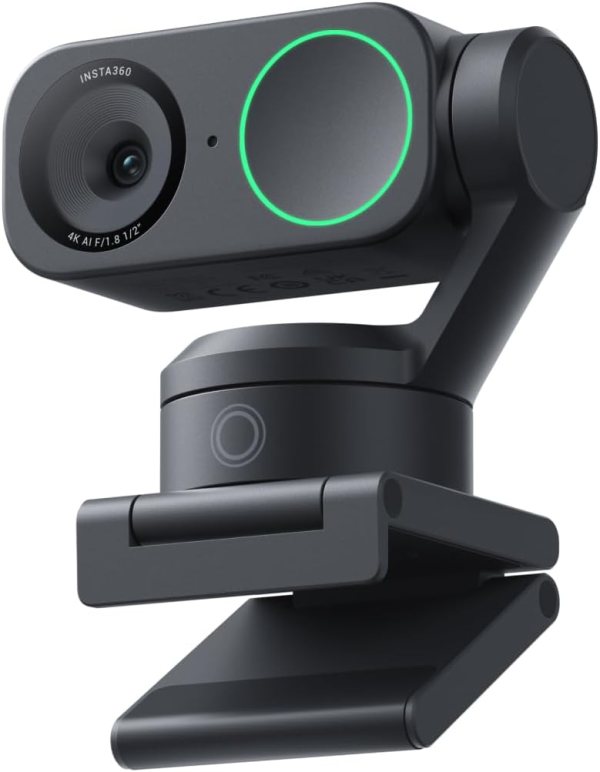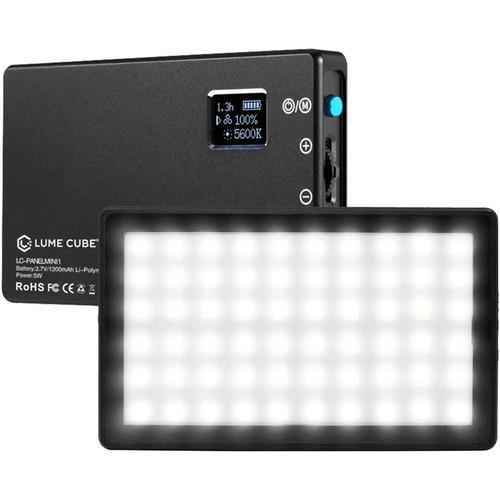Let me set the scenery for you. The year is 2020, and there’s a raging pandemic that’s somehow simultaneously shut down the entire world and half the people don’t believe it exists. You’re trapped indoors like a pasty weirdo, so you log onto an unfamiliar app called… Zoom?
The screen flickers to life, and you see your closest friend on your screen, smiling from the sheer joy of digitized social interaction, but also looking like a possessed maniac with two glowing rings hovering in their pupils.
You can’t see it, but you can see its effect. Your friend is using a ring light. They had the right idea—we all did back when we were using them—but it’s past time to put that ring light in the drawer, close it up, nail it shut, and push the desk into the nearest body of water.
Insta360
Link 2 4K AI Webcam (opens in a new window)
$150.00 at Amazon
Buy Now (opens in a new window)
$150.00 at B&H Photo Video
Buy Now (opens in a new window)
$150.00 at Sweetwater
Buy Now (opens in a new window)
Bye Bye Ring Lights, Bye Bye orb-eyes
If you’ve watched a vlogger in the past decade, you’ve seen the telltale signs of a ring light glowing in their eyes. And God help them if they were wearing glasses. They’d end up looking like a Disney animatronic that broke free, escaped from the park, and then found out that it had to hold down a day job to survive out in the real world, hence the work meetings.
And by they, I also mean my. I’ve never been a vlogger, but I have used and tested ring lights that made me hate seeing the glowing orbs reflected in my own eyes on Zoom. Shining a ring light directly at your face does keep you from looking pale and pasty. People like to see the subject in the video frame well-lit.
But direct light is harsh light, and it can create jagged shadows across the face that lead to what I like to call Skeletor syndrome. Bouncing light off a nearby surface, whether a wall or a piece of white poster board, softens the light and therefore the features on your face while keeping it well-lit. It’s not expensive to bounce light indirectly from a light source, nor is it hard.
Razer removed the integrated ring light from subsequent versions of its Kiyo webcam, even though that’d been its signature feature when it was released in 2017. I used it, and I thought it was quite good at the time.
Improved software integrated into the latest webcams has helped reduce the need for strong lighting in even half-decently lit rooms. The Insta360 Link 2 is the follow-up to a powerhouse of a webcam, the Link, that made me forgo supplemental lighting entirely when I had even partial sunlight in the room.
A story of ours from last month, How to Get Good Lighting on Zoom, gives you all the pointers you need if you’re in a terribly lit room or one without a window nearby at all.
I’ve been working remotely for, well, a lot longer than most people who only began living on Zoom and Slack after 2020. It was 2010 when I first started calling people thousands of miles away my coworkers, and so I’ve put a lot of years into figuring out how not to look like a sun-deprived zombie on video meetings.
Now I just chug worrying amounts of coffee in a home office that, more days than not, resembles a Tetris palace prison full of boxes of items I’m testing, old guitar parts, and books made out of genuine, dead, flattened trees.
But at least the lighting looks good while I do it.
Lume Cube
Mini LED Panel (opens in a new window)
Available at Amazon
Buy Now (opens in a new window)
Available at B&H Photo Video
Buy Now (opens in a new window)
The post RIP Ring Lights. Gone but Not Forgotten. appeared first on VICE.






